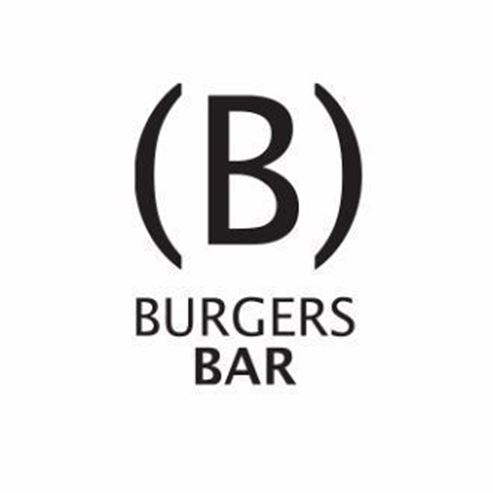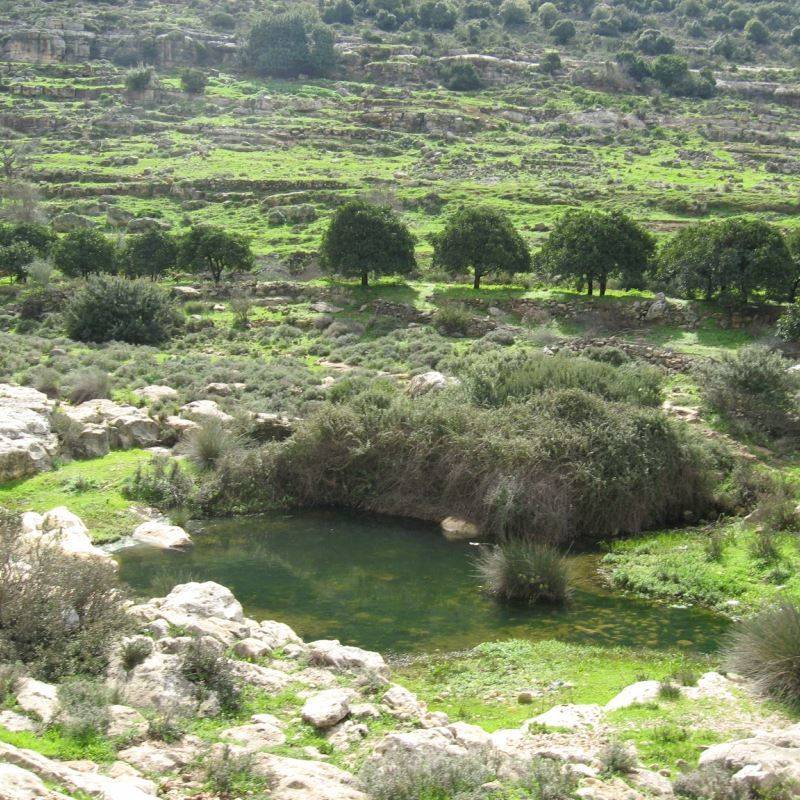From the Mosaic at Ein Mabua to Ein Qelt
one way Walking track
Nahal Prat (Wadi Qelt) crosses the Judaean Desert in a narrow and steep canyon, with water springs flowing along its path. The Israel Nature and Parks Authority, with the help of the Civil Administration, developed the Ein Mabua site, and restored the mosaic floor in the Byzantine church that was discovered at the site.
Main Points of Interest:
Ein Mabua and the church mosaic
The ancient aqueducts and the one modern aqueduct
Ein Qelt
Desert and damp soil plants
Scenic Lookouts:
The lookout over the river from the road connecting Ein Qelt and the old Jerusalem-Jericho road
The Nature and Parks Authority’s actions to improve service to the visitors and preserve the site
The Authority established a visitors’ center at the Ein Mabua site, which includes a concession stand and restrooms. It also unveiled the mosaic in the church located at Ein Mabua, and marked the hiking trail.
Getting to Ein Mabua
From highway 1 (Jerusalem-Jericho) turn north to highway 458 (the Allon Road). Then drive for about 3 km and park at the parking lot just east of Allon Road. From here walk along the short dirt road towards the spring.
Getting to Ein Qelt
From highway 1 (Jerusalem-Jericho) turn towards Mitzpe Yeriho (between the 84-85 km markings). Pass Mitzpe Yeriho, turn left (north), and continue for about 600 meters. From the paved road stretching along Nahal Prat turn left again (west), to immediately reach the top of the dirt road descending towards Ein Qelt. The road is very uneven, so it is better to leave the car behind.
Background
Ein Mabua is a desert spring, emanating from a cave in a ravine between the cliffs of Nahal Prat (Wadi Qelt), its waters discharging into a round concrete pool. It is the middle of the three large springs – the other two being Ein Prat (the upriver spring, also known as Ein Farah), and Ein Qelt (the downriver spring).
The name Ein Mabua is the Hebrew version of its Arab name Ein Fawwar – “the bubbling spring”. Ein Mabua is an intermittent karst spring: the water periodically bursts out of the ground, with the spring “resting” between bursts, the process continuously repeating itself. The reason for this is the water of Ein Mabua emanating from a narrow and long tunnel siphoned to a system of underground spaces. When the siphon overflows, the accumulated water is pushed to the surface in one outburst, after which the spring dries out. When the underground spaces are filled with water again, the process is repeated.
The flow rate of the karst springs changes dramatically. After heavy rains, the aquifer fills the Ein Mabua spring to its maximum capacity, causing it to “wake up” and to release the accumulated water in one concentrated outburst. Conversely, by summer’s end the spring may become completely dry.
The spring’s pool and the surrounding constructions were built by the British in 1931, as part of a system of pumps that delivered water to Jerusalem, but the pumping ceased in 1970. In the vicinity of Ein Mabua there are still the remains of ancient aqueducts that supplied water from the spring to the Kypros fortress (Tel el Akaba), a site built by King Herod and named after his mother.
The Byzantine church at Ein Mabua
During the Byzantine period a few monasteries were extant in the vicinity of Nahal Prat, all inspired by a monk known as Saint George Koziba – these include the Faran and St. George’s Monasteries.
Nahal Prat was well suited for the monks’ lifestyle, with the cliffs and caves inspiring them to be reclusive, while the abundance of water made agriculture possible. The proximity to Jerusalem was also significant to the monks.
The church’s mosaic floor was rediscovered during expansion work done to allow more visitors to the site. It turned out that it was initially excavated in 1931, and was covered back up to preserve it. The floor is adorned with a pattern of red and white flowers. The restoration of the mosaic included the use of mosaic pieces that were found in a different part of the monastery, a building whose remains were discovered some 100 meters down the stream. The original and restored parts of the mosaic are visibly different.
The Trail Route:
1. Nahal Prat
The hiking trail follows the canyon, which is the bed of the stream, and is marked red. The canyon is laid with large rocks, which should be circumvented carefully; there are also several small waterfalls along the trail.
The modern aqueduct stretches along the southern riverbank, leading water to Ein Qelt and to the Jericho Valley. The aqueduct is built on top of an ancient aqueduct from the Second Temple period, which was constructed to supply water to the Kypros Fortress; parts of the aqueduct are quarried into the rock surface.
About 800 meters before Ein Qelt the trail climbs up the northern incline of the canyon. The chalk rocks at the river’s shoulders serve as beds for desert plants, such as the asphaltic seablite and the reaumuria; these plants show resistance to arid climate.
The trail bypasses Ein Qelt, and descends back to the bottom of the canyon. Now, to visit Ein Qelt itself, one should backtrack a little, passing the modern aqueduct along the way. A stone wall at the spring site bears a black inscription in Arabic, telling of the construction of the aqueduct and the flour mill (which today is home to a Bedouin family). According to the inscription, Mohi a-Din Mustafa Halel el-Husseini built the mill in the Hijri year of 1294 (1877 AD), and about 17 years later also built the aqueduct. The aqueduct supplied water to the family farm in the Jericho Valley, some 8 km away. Of course, it also passes through the mill and rotates the millstones that were once active there.
2. Ein Qelt
Ein Qelt is beautiful. The spring emanates from a crevice in an upright canyon wall, where a small metal bridge crosses the stream. You can step through the opening in the wall, between the upright rock walls and shallow pools, to the small waterfall whose waters flow into one of the pools. The upright cliffs surrounding the river give shade to hikers even on the hottest of days.
The spring water joins that of the aqueduct system, received from the upriver springs. The modern aqueduct was built approximately a century ago by the Husseini family, to irrigate the fields they owned in the Jericho Valley.
To complete the trip, cross the metal bridge, and climb up the southern riverbank following the red trail markings. The parking lot is about 300 meters away from the spring, and you can see a large stone overpass on your right side, in the ravine descending towards the river. This is part of the aqueduct from the Roman period. To avoid the rocky bed of the Wadi Abu a-Deba stream, the engineers raised the aqueduct onto a beautiful overpass resting on a number of arches, the remains of which adorn the canyon to this day.
From here walk up the uneven dirt road for 1.7 km until you reach the old Jerusalem-Jericho road, where you left your car.
- Type
- Hiking
- Region
- Jerusalem Area
- Near to
- Jerusalem
- Length
- 5 Km
- Duration
- 3 Hours
- Recommended season
- Spring, Summer, Autumn
- Starting point
- Ein Mabu'a, Yehuda desert (map)
- Ending point
- Ein Kelt, Yehuda desert (map)
- Special equipment
- Shoes, hat, water
- Precautions
- Walk carefully on the path, the walk requires walking shoes (not sandals)
- Parking
- Parking
- Drinkable water
- Drinkable water
- Picnic suitable
- Picnic suitable
- Phone
- +972-2-5715859
- st-prat@npa.org.il
Similar trails
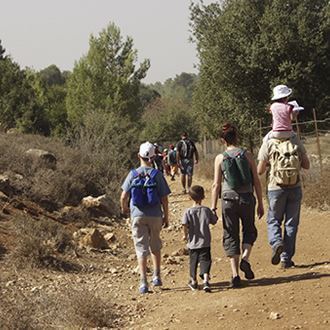
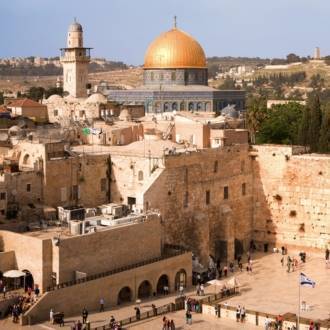
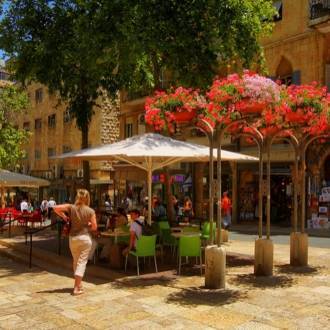
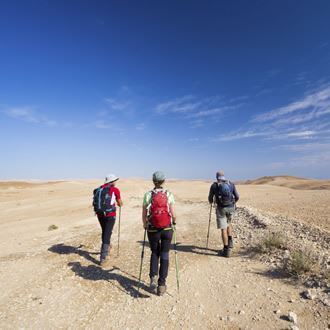
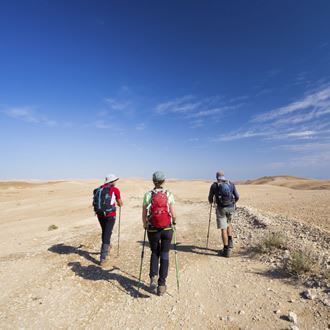
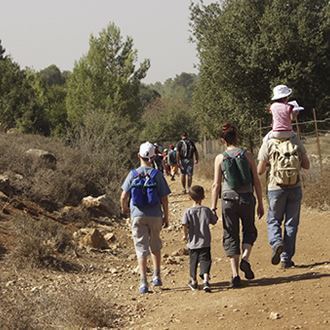
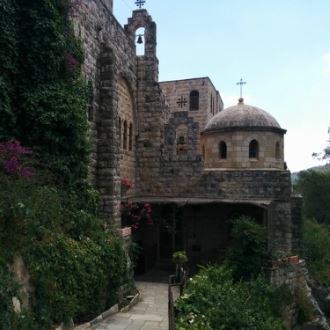
Nearby attractions
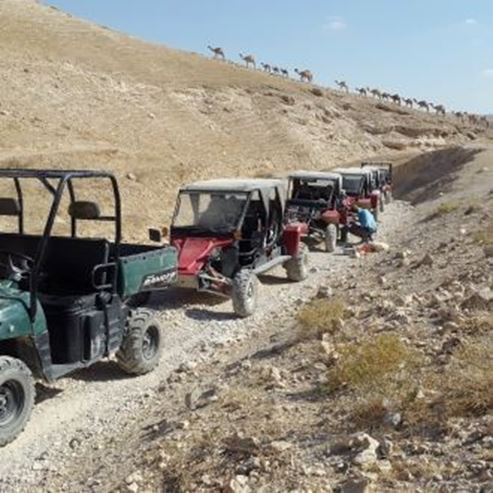
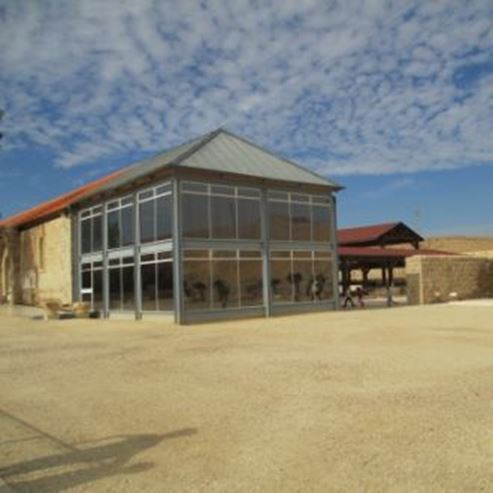
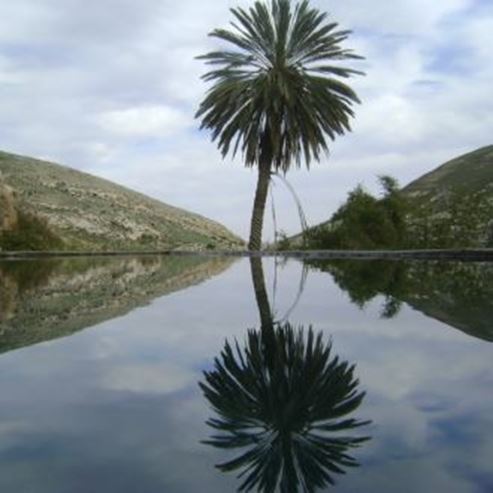
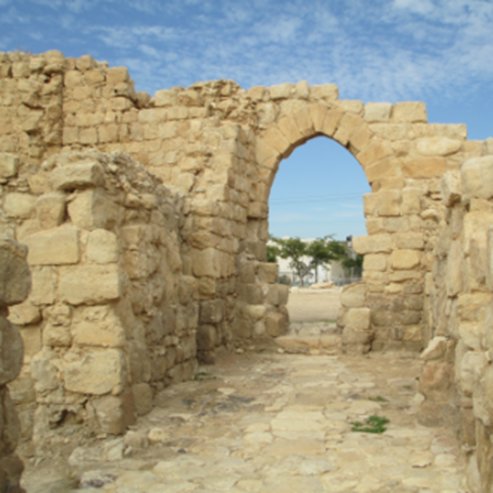
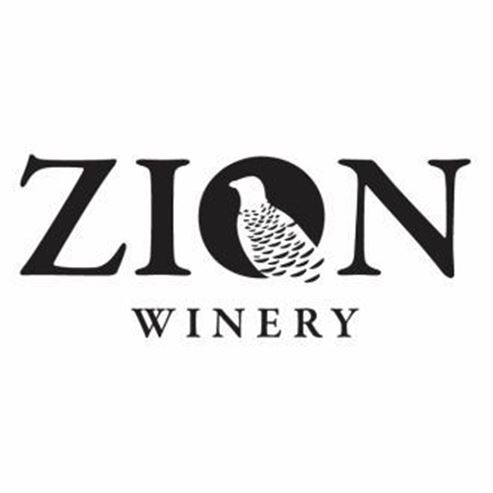
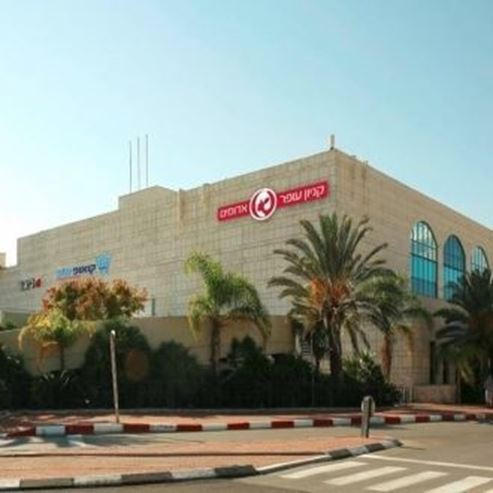
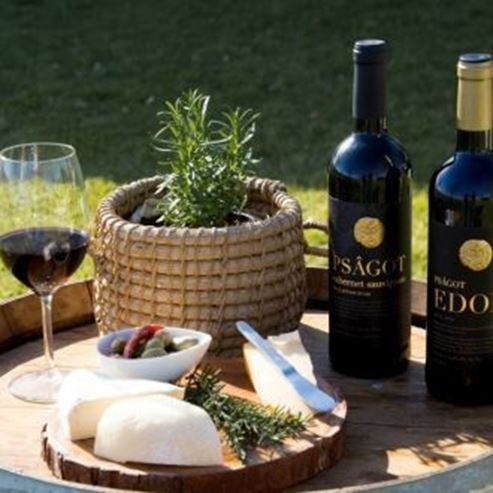
Nearby restaurants
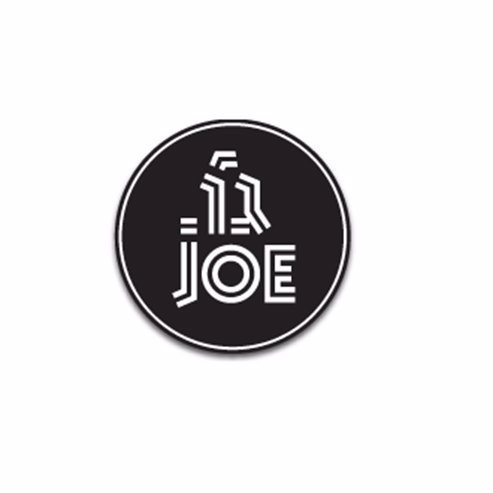
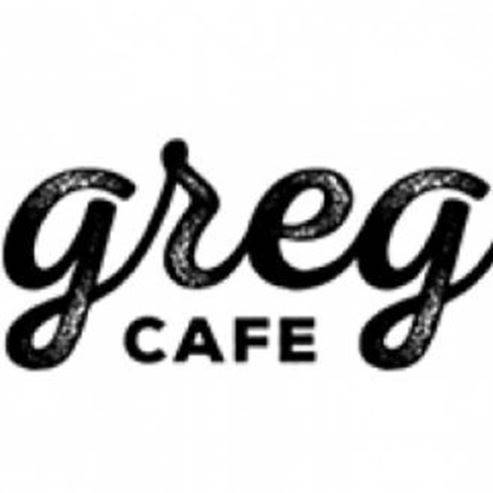
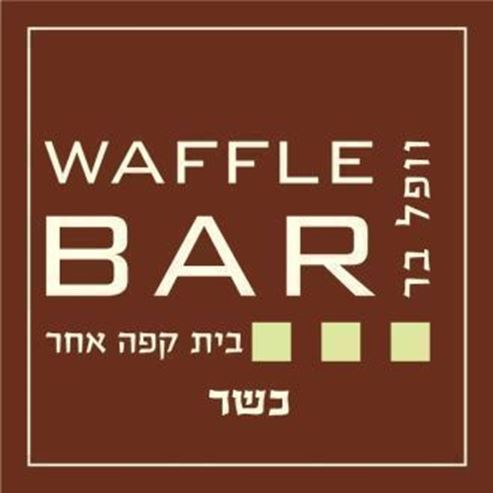
Waffle Bar - Ma'ale Adumim

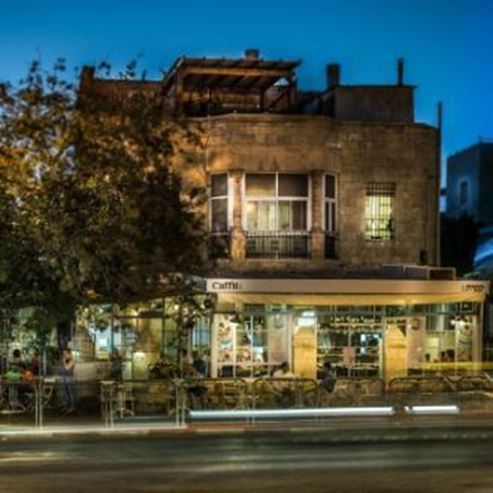
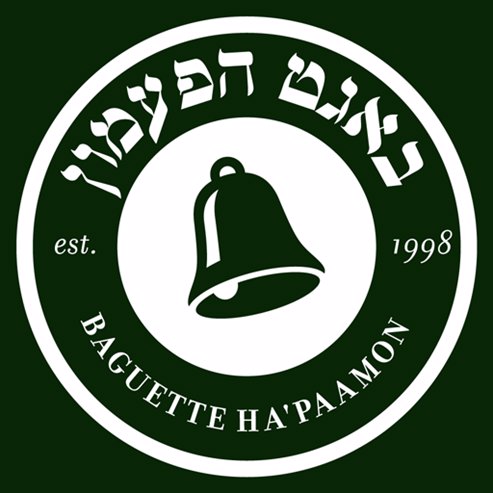
Baguette Ha'paamon - Ma'ale Adumim
